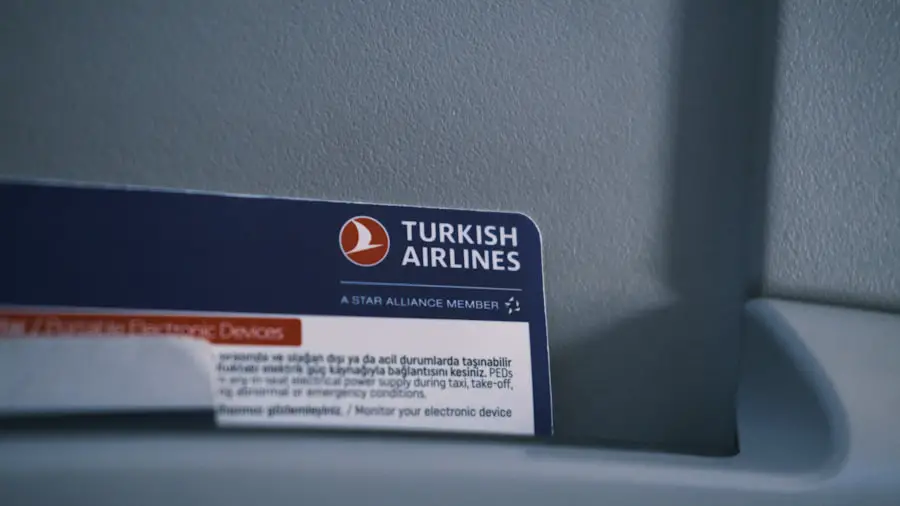Withholding of removal is a form of relief available to individuals facing deportation from the United States. It is designed to protect individuals from being returned to a country where they would more likely than not face persecution or torture. This protection exists under two separate authorities: statutory withholding under the Immigration and Nationality Act (INA §241(b)(3)) and protection under the Convention Against Torture (CAT) implemented by regulation (see 8 CFR § 1208.16).
Unlike asylum, which can lead to permanent residency, withholding of removal does not confer an immigrant status or provide a path to a green card; it only prevents the government from deporting an individual to a specific country where they would be at risk. To obtain withholding of removal, the applicant must show that persecution on account of a protected ground is more likely than not (a higher standard than asylum’s “well-founded fear”). See 8 CFR § 1208.16(b)(2).
This can be proven with personal testimony, corroborating witness statements, and country-conditions documentation. The application is typically adjudicated in immigration court proceedings before an immigration judge.
Key Takeaways
- Withholding of removal protects an individual from being removed to a country where persecution on a protected ground is more likely than not (8 CFR § 1208.16).
- Eligibility requires showing the risk of persecution is more likely than not based on race, religion, nationality, membership in a particular social group, or political opinion (not “clear and convincing evidence of a well-founded fear”).
- International travel is strongly discouraged. USCIS notes that having advance parole does not guarantee reentry; CBP makes the final decision at the border (USCIS Travel Documents, 2025). Departing the U.S. with a final removal order can also implicate self-removal rules (8 CFR § 241.7).
- There is no general U.S. travel document for people granted withholding. Refugee Travel Documents are for refugees/asylees, not for withholding grantees (USCIS).
- Work authorization is available: recipients of withholding may obtain an EAD under 8 CFR § 274a.12(a)(10); USCIS currently permits some EADs (including A10) to be valid for up to 5 years (USCIS, 2024-09-27).
Eligibility for Withholding of Removal
Establishing Likelihood of Persecution (“more likely than not”)
Applicants must establish that it is more likely than not they would be persecuted if returned, and that the harm is on account of a protected ground (8 CFR § 1208.16(b)(2)). “Credible fear” is a screening standard used at the early stage of certain cases and is not the merits standard for withholding.
Government Involvement or Inability to Control Harm
Applicants must show that the persecution is by the government or by private actors the government is unable or unwilling to control.
Moral Character and Criminal History
Applicants convicted of a particularly serious crime are barred from statutory withholding and are considered a danger to the community (see 8 CFR § 208.24; see also BIA guidance such as Matter of N-A-M-, 2007). Individuals barred from withholding may still seek CAT deferral of removal per 8 CFR §§ 1208.16–1208.17.
Traveling with Withholding of Removal: Restrictions and Requirements

Individuals granted withholding of removal face significant restrictions on international travel. Leaving the United States can jeopardize protection and may allow DHS to treat the departure as executing or facilitating removal under self-removal rules (8 CFR § 241.7). In addition, USCIS states that even with an advance parole document, reentry is not guaranteed; CBP decides at the port of entry (USCIS Travel Documents, 2025).
USCIS does not issue a Refugee Travel Document to individuals who only have withholding status; that document is limited to refugees and asylees (USCIS).
Applying for Advance Parole with Withholding of Removal
Advance parole is a discretionary tool that, if granted, permits a person to request parole back into the U.S. after travel; it is not an admission and does not guarantee reentry (USCIS, 2025). For individuals with withholding of removal and a final order, advance parole may not be available or advisable; departing can have serious consequences. If a qualified attorney advises that travel is legally supportable (for example, due to a separate, eligible application), Form I-131 and strong supporting evidence are required (USCIS Form I-131). Always obtain individualized legal advice before making any travel plans.
Documentation Needed for Travel with Withholding of Removal
Because there is no routine travel document for people granted withholding, most will not be able to travel internationally. If an attorney determines you are eligible to pursue advance parole under a different qualifying basis, typical documentation includes identity evidence (e.g., passport), a completed Form I-131, and detailed proof of the urgent reason for travel. Remember: possession of advance parole does not guarantee reentry (USCIS, 2025).
Risks and Consequences of Traveling with Withholding of Removal

Risk of Denial of Re-entry
CBP officers have broad discretion at ports of entry; advance parole does not guarantee reentry (USCIS, 2025).
Risk of Harm in Home Country
Travel to the country of feared persecution can expose individuals to the very dangers they sought to escape.
Assessing the Consequences
Discuss potential consequences with counsel before any travel. In some cases, DHS may also seek to terminate withholding if country conditions or other factors fundamentally change (8 CFR § 208.24).
Alternatives to Traveling with Withholding of Removal
Given the risks, consider alternatives such as virtual communication and local community support through immigrant-serving organizations.
Seeking Legal Advice for Traveling with Withholding of Removal
Travel-related decisions for individuals with withholding of removal are highly fact-specific. Consult a qualified immigration attorney to evaluate any potential travel, documentation options, and consequences.
FAQs
What is withholding of removal?
It is protection from removal to a particular country where persecution or torture is more likely than not. Statutory withholding arises under INA §241(b)(3); CAT protection is implemented by regulation (8 CFR § 1208.16).
Can a person with withholding of removal travel?
Domestic (within the U.S.) travel is generally permitted. International travel is strongly discouraged because advance parole does not guarantee reentry and departure can have serious legal consequences (USCIS, 2025; 8 CFR § 241.7).
Are there any exceptions for travel for a person with withholding of removal?
In rare, counsel-guided scenarios tied to a separate eligible basis, one might request advance parole via Form I-131, but approval is discretionary and reentry is not guaranteed (USCIS, 2025).
What are the consequences of traveling outside of the United States without permission for a person with withholding of removal?
Travel may result in loss of protection, execution of the removal order, or denial of reentry. Always seek legal advice before travel (8 CFR § 241.7; USCIS).

